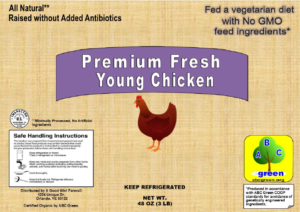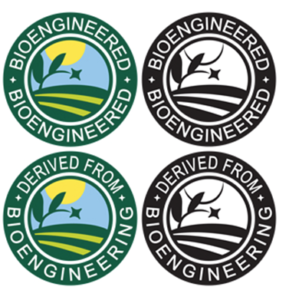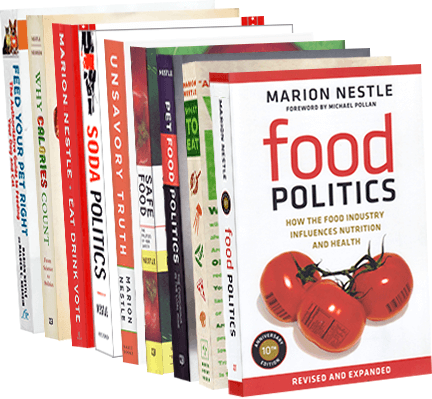Industry-sponsored study of the week: glyphosate (Roundup) in food
Thanks to Tufts Professor Sheldon Krimsky for sending me this gem.
Residues of glyphosate in food and dietary exposure. John L. Vicini,Pamela K. Jensen,Bruce M. Young,John T. Swarthout, Comprehensive Reviews in Food Science and Food Safety. First published: 16 August 2021.
The study: A review of existing data on amounts of glyphosate residues in foods as compared to maximum limits or tolerances set by European or American regulatory agencies. The study also reviewed data on levels of glyphosate in urine samples.
Conclusion: “Exposures to glyphosate from food are well below the amount that can be ingested daily over a lifetime with a reasonable certainty of no harm.”
- Don’t use it in your garden or around your house.
- Eat a wide variety of minimally processed whole foods; most are unlikely to have been sprayed directly.
- Minimize intake of highly processed foods made with soy and corn ingredients.
And encourage the EPA to set firm standards and the FDA to continue to monitor foods for glyphosate residues. Its last report was in 2017.


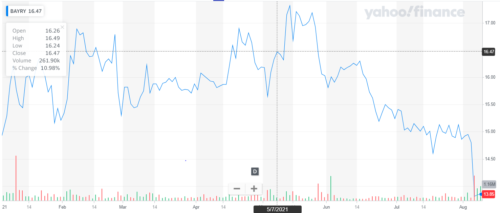
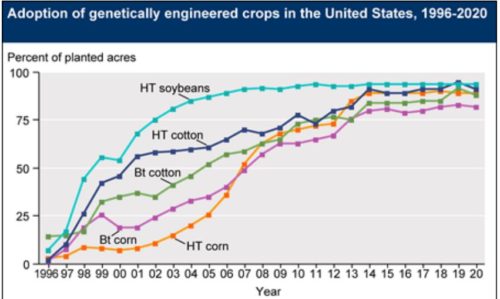
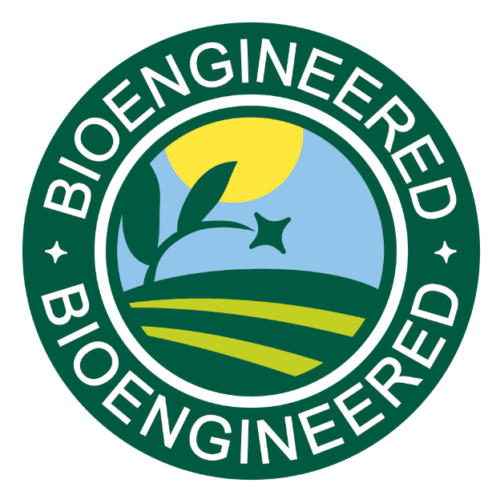
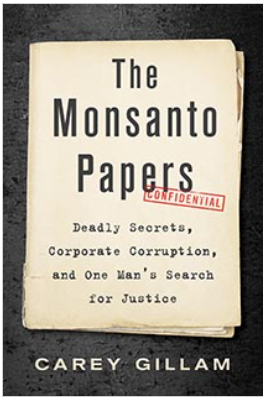

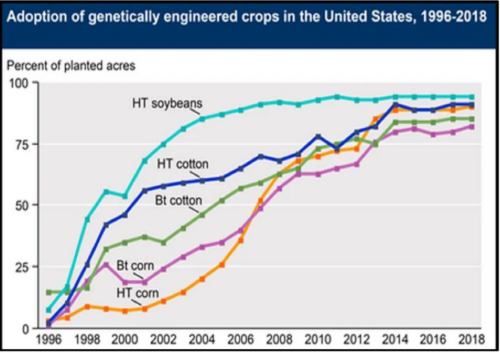
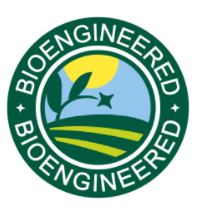 The FDA website says nothing about GMO labeling. It also says nothing about GMO monoculture, corporate control of the food supply, pesticide resistance, or pesticide harm.
The FDA website says nothing about GMO labeling. It also says nothing about GMO monoculture, corporate control of the food supply, pesticide resistance, or pesticide harm.
